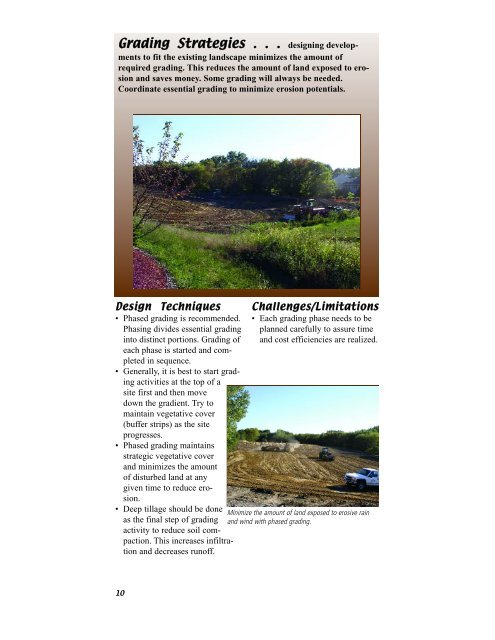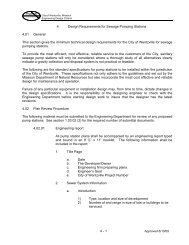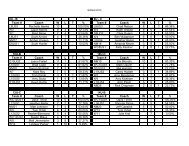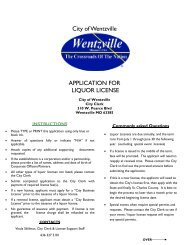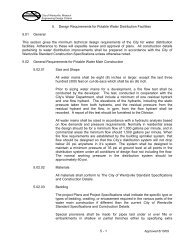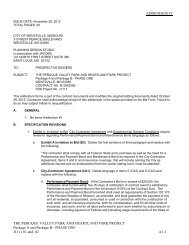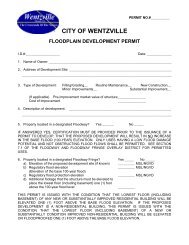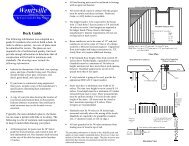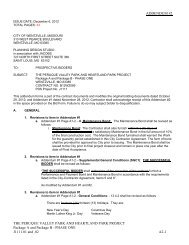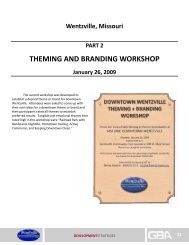Conservation Strategies for Growing Communities - Natural ...
Conservation Strategies for Growing Communities - Natural ...
Conservation Strategies for Growing Communities - Natural ...
Create successful ePaper yourself
Turn your PDF publications into a flip-book with our unique Google optimized e-Paper software.
Grading <strong>Strategies</strong> . . . designing developments<br />
to fit the existing landscape minimizes the amount of<br />
required grading. This reduces the amount of land exposed to erosion<br />
and saves money. Some grading will always be needed.<br />
Coordinate essential grading to minimize erosion potentials.<br />
Design Techniques<br />
• Phased grading is recommended.<br />
Phasing divides essential grading<br />
into distinct portions. Grading of<br />
each phase is started and completed<br />
in sequence.<br />
• Generally, it is best to start grading<br />
activities at the top of a<br />
site first and then move<br />
down the gradient. Try to<br />
maintain vegetative cover<br />
(buffer strips) as the site<br />
progresses.<br />
• Phased grading maintains<br />
strategic vegetative cover<br />
and minimizes the amount<br />
of disturbed land at any<br />
given time to reduce erosion.<br />
• Deep tillage should be done<br />
as the final step of grading<br />
activity to reduce soil compaction.<br />
This increases infiltration<br />
and decreases runoff.<br />
C h a l l e n g e s/L i m i t a t i o n s<br />
• Each grading phase needs to be<br />
planned carefully to assure time<br />
and cost efficiencies are realized.<br />
Minimize the amount of land exposed to erosive rain<br />
and wind with phased grading.<br />
10


